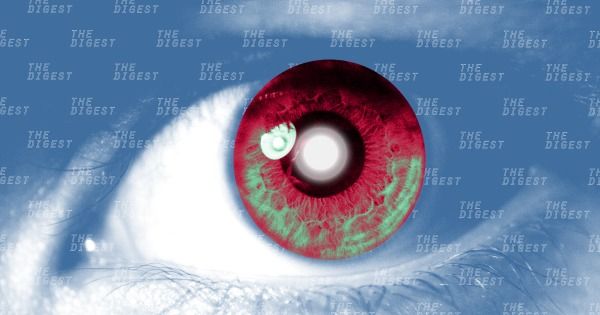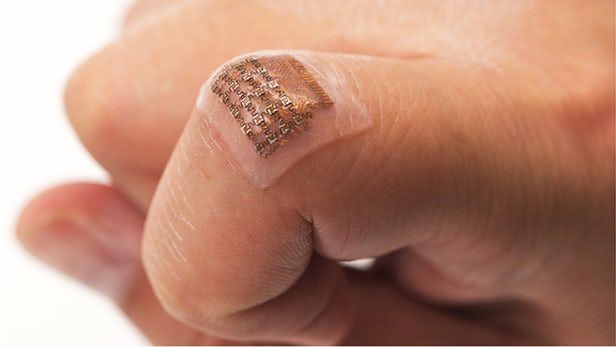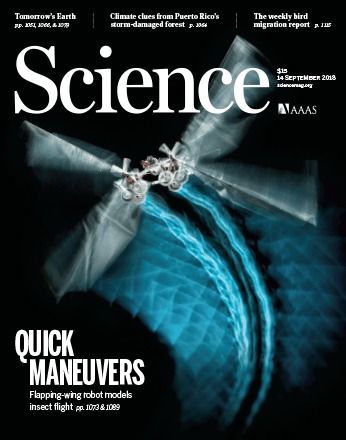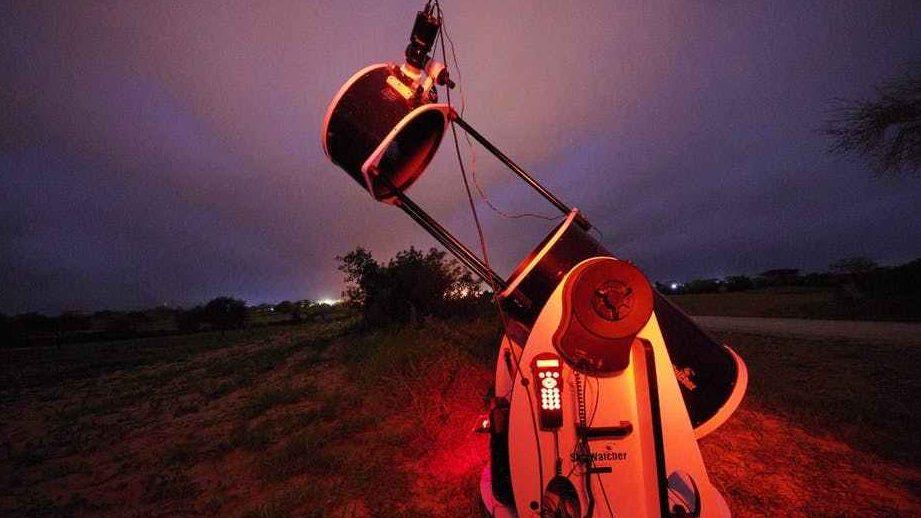TRULY SUPER. There’s a reason researchers call graphene a “super material.” Even though it’s just a single layer of carbon atoms thick, it’s super strong, super flexible, and super light. It also conducts electricity, and is biodegradable. Now an international team of researchers has found a way to use the super material: to create artificial retinas.
They presented their work Monday at a meeting of the American Chemical Society (ACS).
ARTIFICIAL RETINAS. The retina is the layer of light-sensitive cells at the back of the eye responsible for converting images into impulses that the brain can interpret. And without a functional one, a person simply can’t see.






